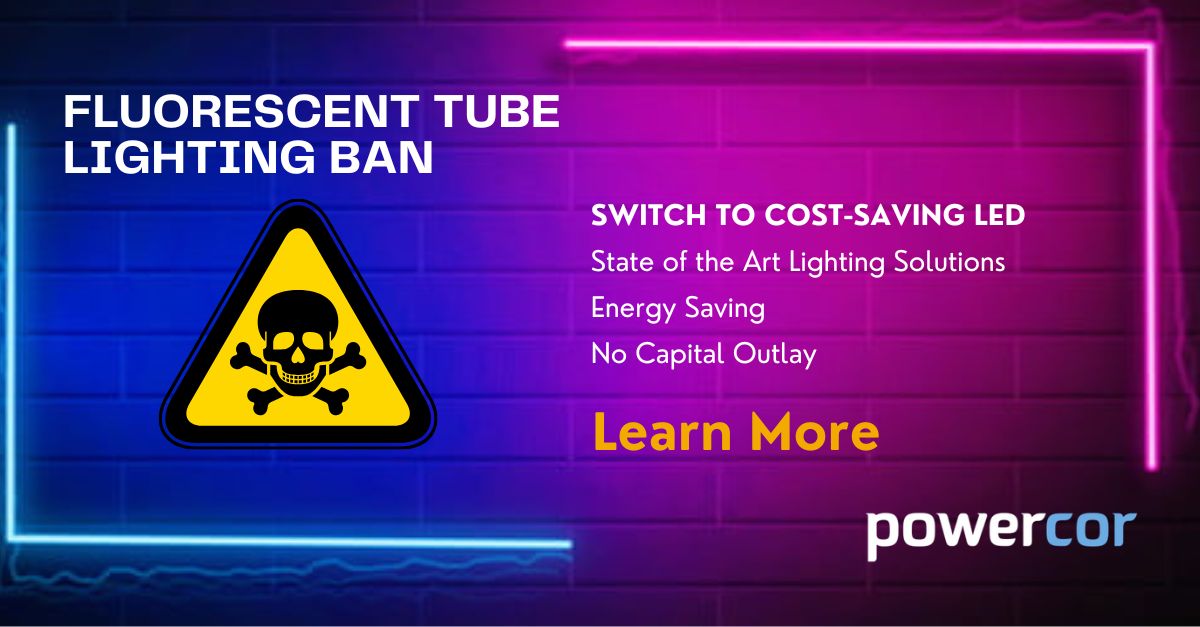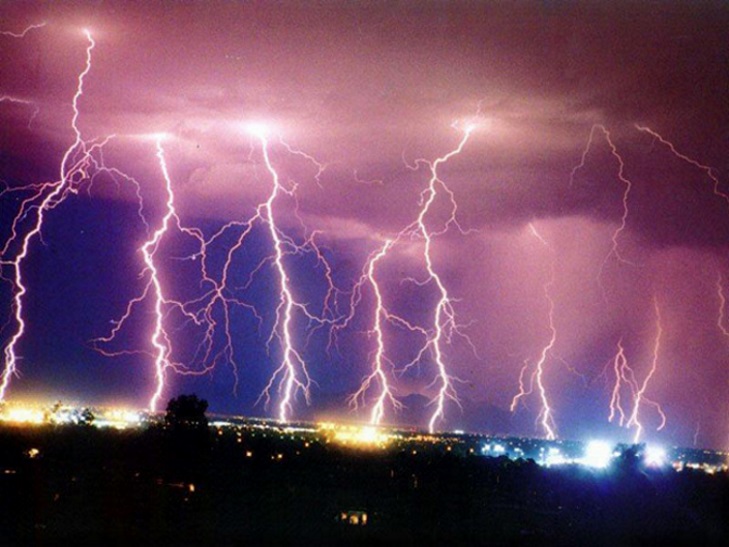The start of 2023 was a significant moment for the UK’s lighting industry and delivered a call to arms for facility managers to increase the speed of their buildings’ transition to up-to-date LED lighting systems ahead of a key August 2023 deadline that will see a fluorescent tube lighting ban from UK sales.
The UK began phasing out the sale of higher-energy halogen lamps in 2018, with the sale of halogen lamps for general household use in the UK banned from September 2021.
High-energy fluorescent lamps have now followed suit, with all T5 and T8 fluorescent tubing lighting being banned in the UK from 2023. From September 2023, all halogen pins (G4, GY6.35 and G9) will also be prohibited.
T5 and T8 fluorescent tubing have been popular lighting options globally since their widespread adoption in the 1980s and the move to ban their sale and use is a significant issue for organisations across the country.
The change forms part of the UK’s move towards a net zero future with The UK Government predicting that the prohibition of these lighting systems will reduce annual emissions by 1.26 million tonnes per year.
They are a key part of the changes to the European Union’s Restriction of Hazardous Substances (RoHS) which is known as Directive 2002/95/EC. The RoHS originated in the European Union and restricts the use of specific hazardous materials found in electrical and electronic products (known as EEE).
Flourescent tube lighting is hazardous
Fluorescent lamps are considered hazardous because they contain small amounts of mercury, a toxic heavy metal. When a fluorescent lamp breaks, the mercury can be released into the air, posing a potential health hazard to people and the environment. Additionally, if a lamp is not disposed of properly, the mercury can contaminate soil and water, which can be harmful to plants, animals, and people.
The RoHS was amended in April of last year when it was decided that, from 25 August 2023, T8 lamps will be phased out together with T5 fluorescent lamps. A ban on the sale and installation T8 fluorescent lamps will come into force from September 2023. However, compact fluorescent lamps with plug-in bases will be prohibited from 25 February this year.
While the sale of existing stock will be permitted, the bottom line is those buildings with a fluorescent-based lighting system will need to start to plan for the future. As stocks run out any equipment failures will require replacement with more sustainable solutions.
It is estimated that around 40 percent of all companies currently use T8 fluorescent lamps. While some suppliers have been looking to build up stocks of the lighting, manufacturers will no longer be able to supply the T8 and T5 lamps and, as such, firms need to seriously consider and put in place plans as to when and how they move to a new system.
The closer the country gets to the days when the lamps are banned, the higher the demand for system changes, with many in the industry advising firms to consider replacing their fluorescent systems sooner rather than later, or run the risk that demand is such that supply is unable to cope.
Switching to LED lighting
The obvious and recommended choice is that of a LED Lighting system. LED systems deliver a number of benefits: they are more energy efficient, improve the lighting itself, have a longer service life and can be adapted to suit the required lighting conditions.
The switch to LED will not as simple as swapping to a different lamp and will come at a cost. However, as our clients can attest, the use of a Light as a Service (LaaS) contract can not only deliver a cost-efficient LED lighting system but will also reduce energy bills. This will allow the costs of implementation to be recovered over the course of the contract.
Currently, around two thirds of lamps sold in Britain are LED lights, making a considerable impact in improving the energy efficiency of the country’s buildings. They last five times longer than halogen lamps and produce the same amount of light – but use up to 80% less power.
The demand for LED systems will increase and, as such, the costs of equipment may also increase as the demand grows for their implementation.
At Powercor, we have an established reputation for supporting companies of all sizes with lighting system transitions. Not only do we install state of the art lighting solutions in partnership with some of the world’s leading lighting manufacturers, but we also assist in reducing energy usage and costs for all our clients.







